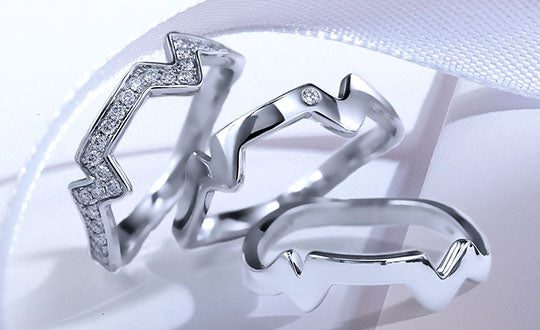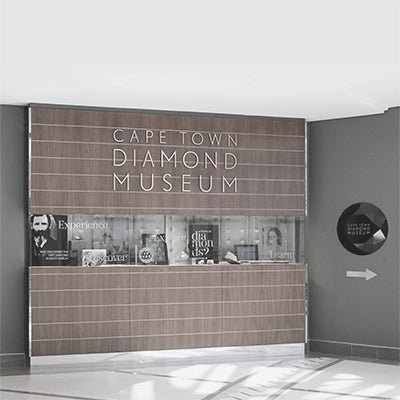Diamonds are the official birthstone for the month of April.
The My Girl diamond is the first internationally patented diamond cut to originate from South Africa.
Diamonds are the anniversary gemstone for the 10th and 60th years of marriage.
Diamond revenues enable every child in Botswana to receive free education up to the age of 13.
An estimated 10 million people globally are directly or indirectly supported by the diamond industry.
Approximately $8.5 billion worth of diamonds a year come from African countries.
The revenue from diamonds is instrumental in the fight against the HIV/AIDS pandemic.
An estimated 65% of the world's diamonds come from African countries.
An estimated 5 million people have access to appropriate healthcare globally thanks to revenues from diamonds.
Major world leaders - including Nelson Mandela - have cited the importance of diamonds to the lives of African people.
The Brilliant 10 diamond has been tested to be 25% more brilliant than any other diamond cut in the world.
The Ancient Greeks and Romans believed that diamonds were tears cried by the gods, and Romans believed that cupid’s arrows were tipped with diamonds – an early association between diamonds and romance!
During the Middle Ages, diamonds were believed to have mystical healing powers that could cure anything from mental illness to extreme cases of fatigue.
The first diamond engagement ring was given in 1477, and was a gift from Archduke Maximillian of Austria to his future bride, Mary of Burgundy. The ring was made from gold and spelled out the letter “M” (Mary’s initial), in diamonds.
The tradition of wearing an engagement ring on the fourth finger of the left hand originated in Egypt. The Egyptians believed that the vein of love (also known as “vena amoris”) runs from the top of that finger, straight to the heart.
The Eight Hearts diamond is a true Hearts and Arrows, displaying eight perfect hearts from the bottom and eight perfect arrows from the top when viewed through the Ideal Scope.
The word “carat” is believed to have originated from the carob bean. In ancient times, this was a popular unit of weight, due to its consistency and uniformity in weight.
The average diamond loses roughly 50% of its original carat weight when it is cut and polished.
80% of the world’s diamonds are not gem-quality, and are instead used for industrial purposes.
The largest diamond ever found is the Cullinan, which weighed an incredible 3,106 carats.
Diamonds do not have to be colourless: when trace elements like nitrogen or boron are present, the colour of a diamond changes, and it is referred to as a natural fancy colour diamond. Red and green diamonds are the rarest, and other fancy colour diamonds include yellow, blue and pink.
Only one in every million diamonds weighs one carat or more.
To yield one carat of rough diamond, an average of 250 tonnes of ore is processed.
A diamond is a semi-conductor, and conducts heat four times better than copper.
South Africa produces a vast percentage of the world’s diamonds, and it is estimated that up to 65% of the world’s diamonds were mined in Africa.




